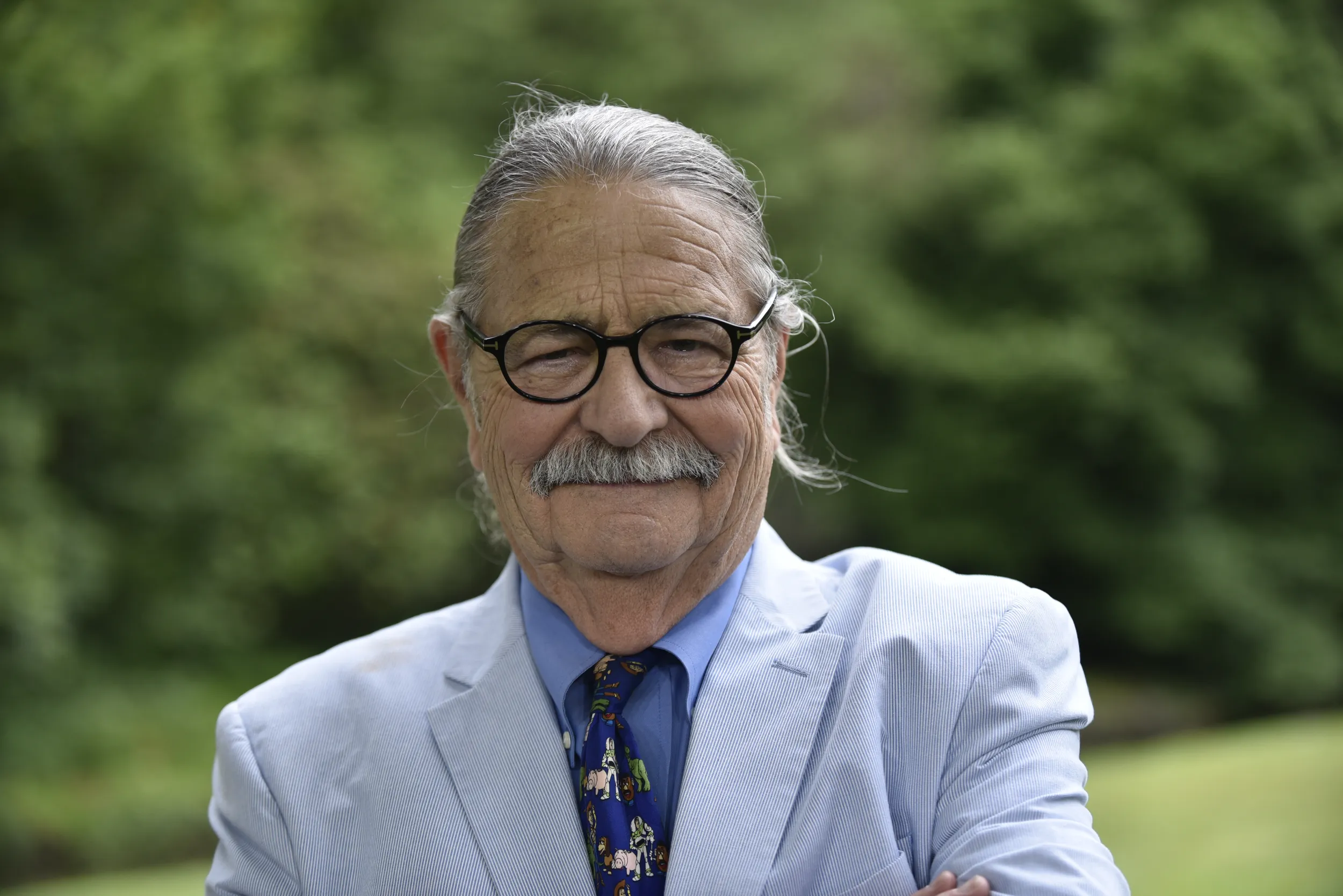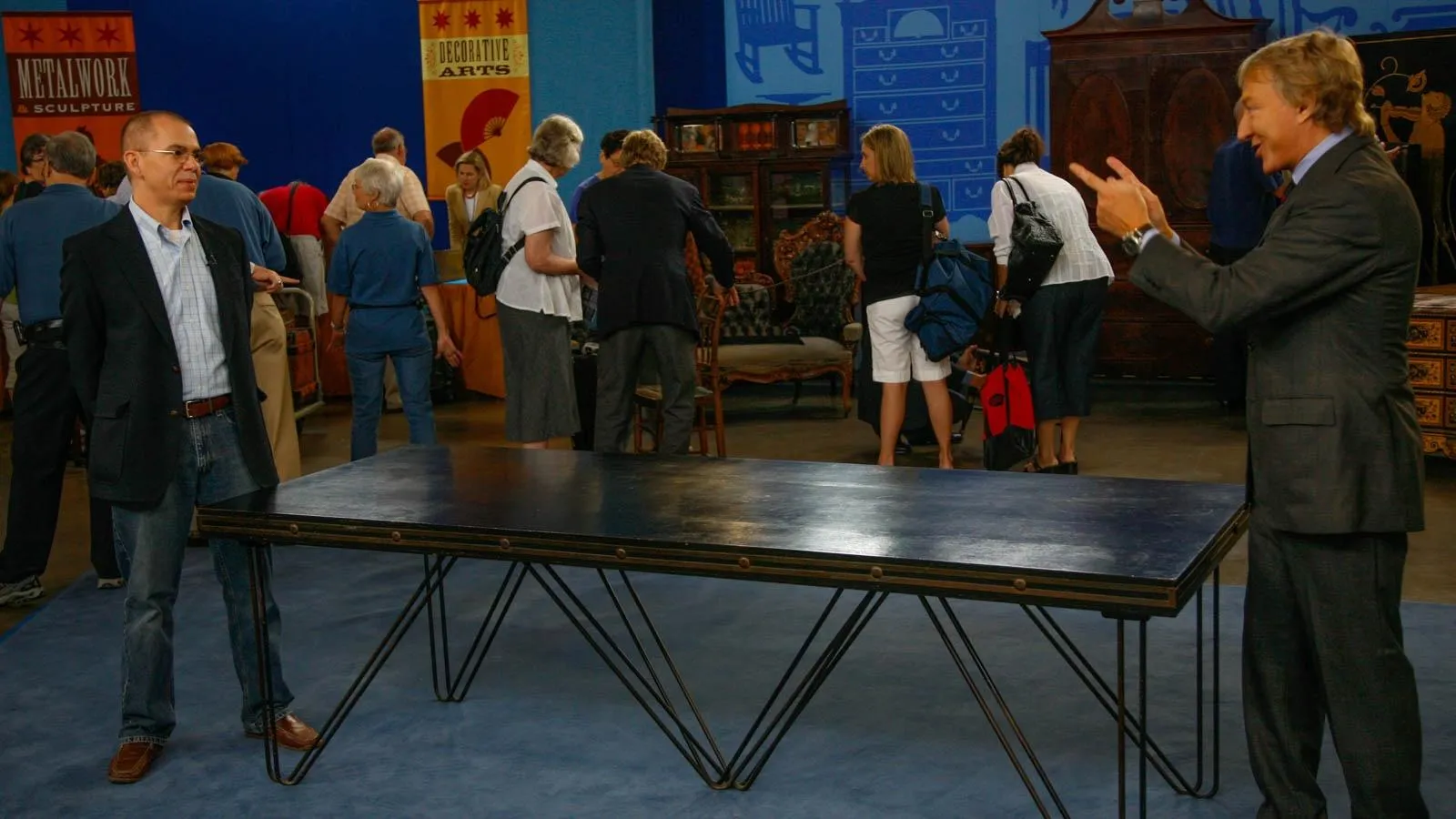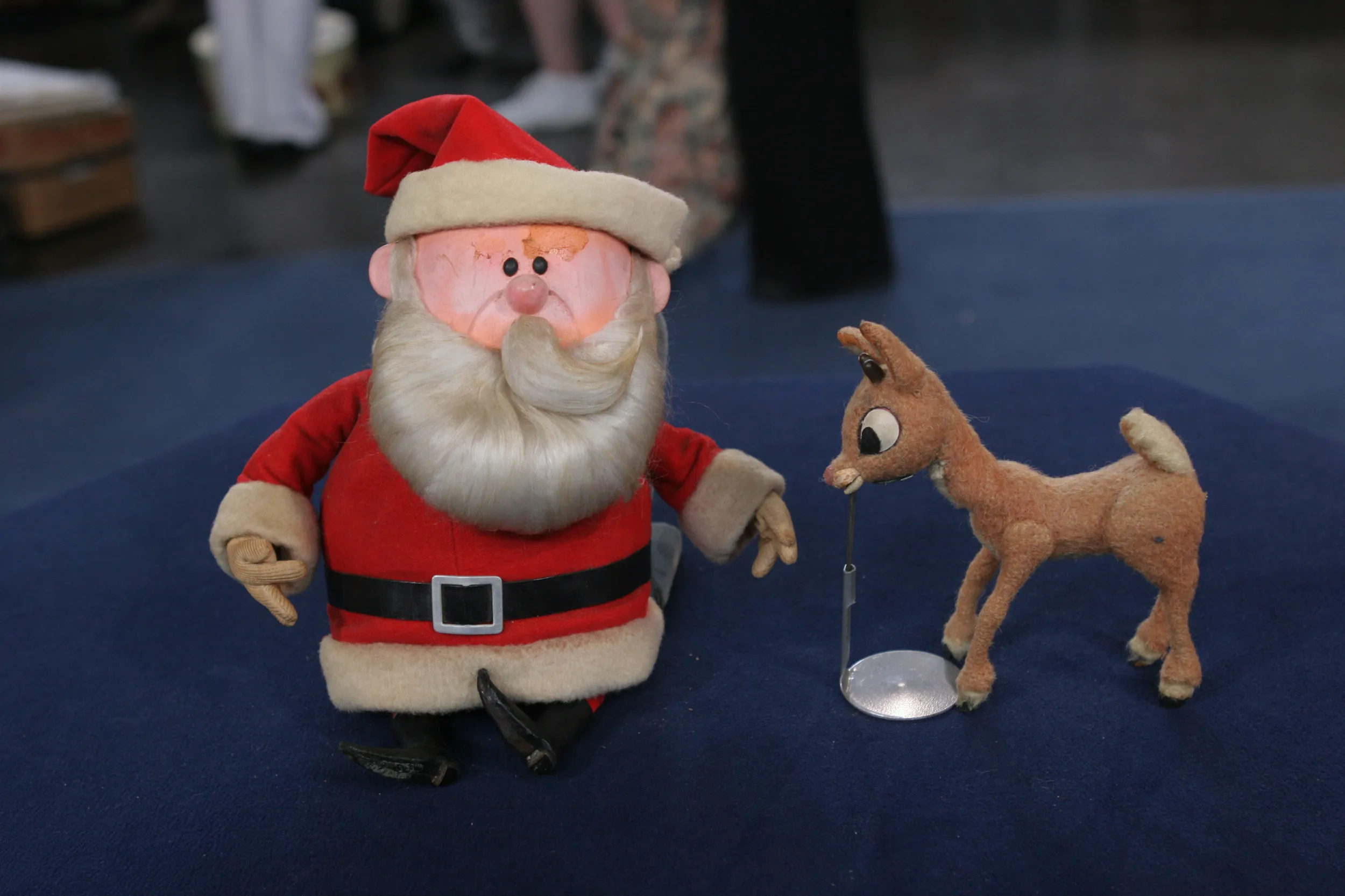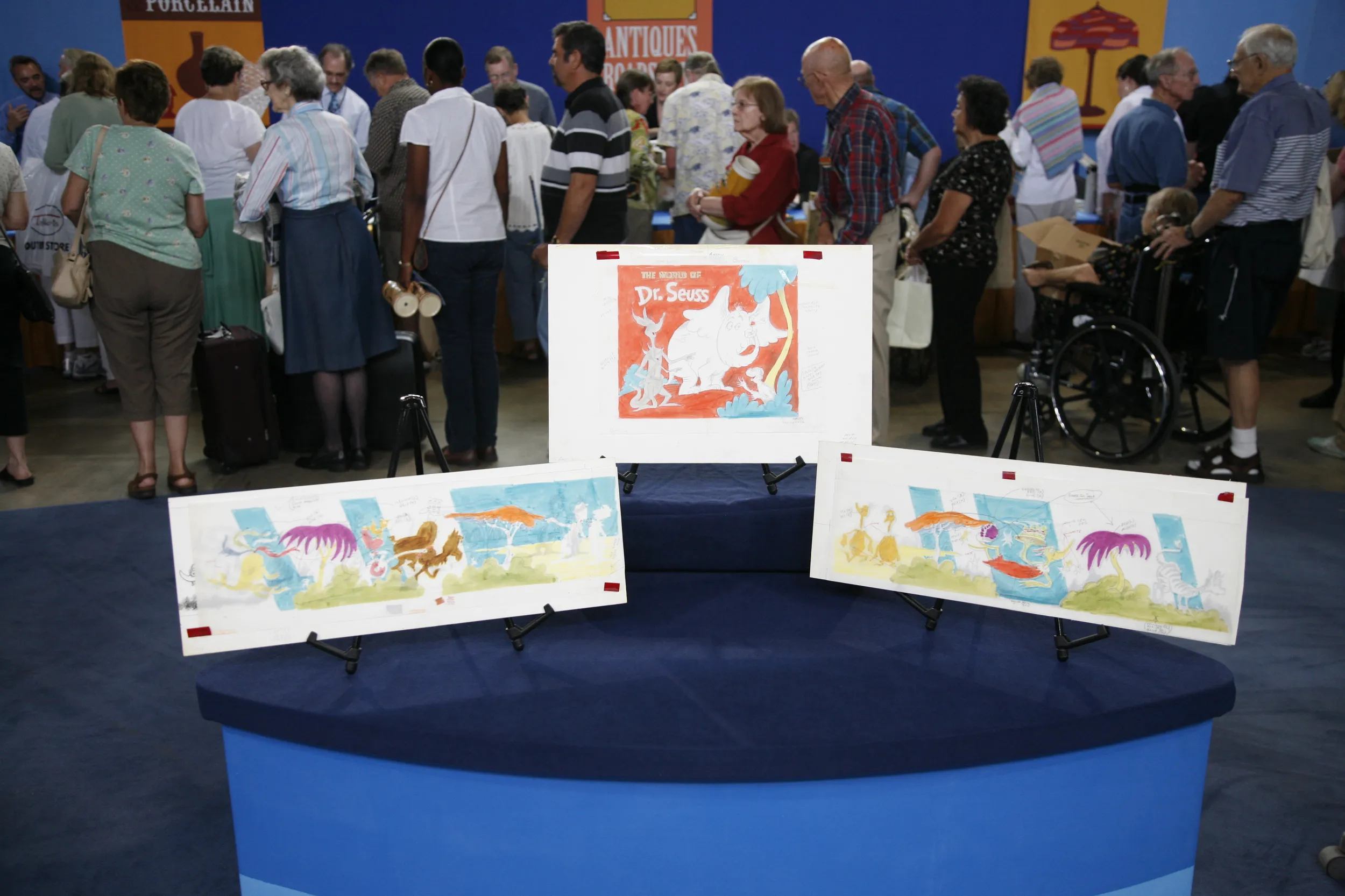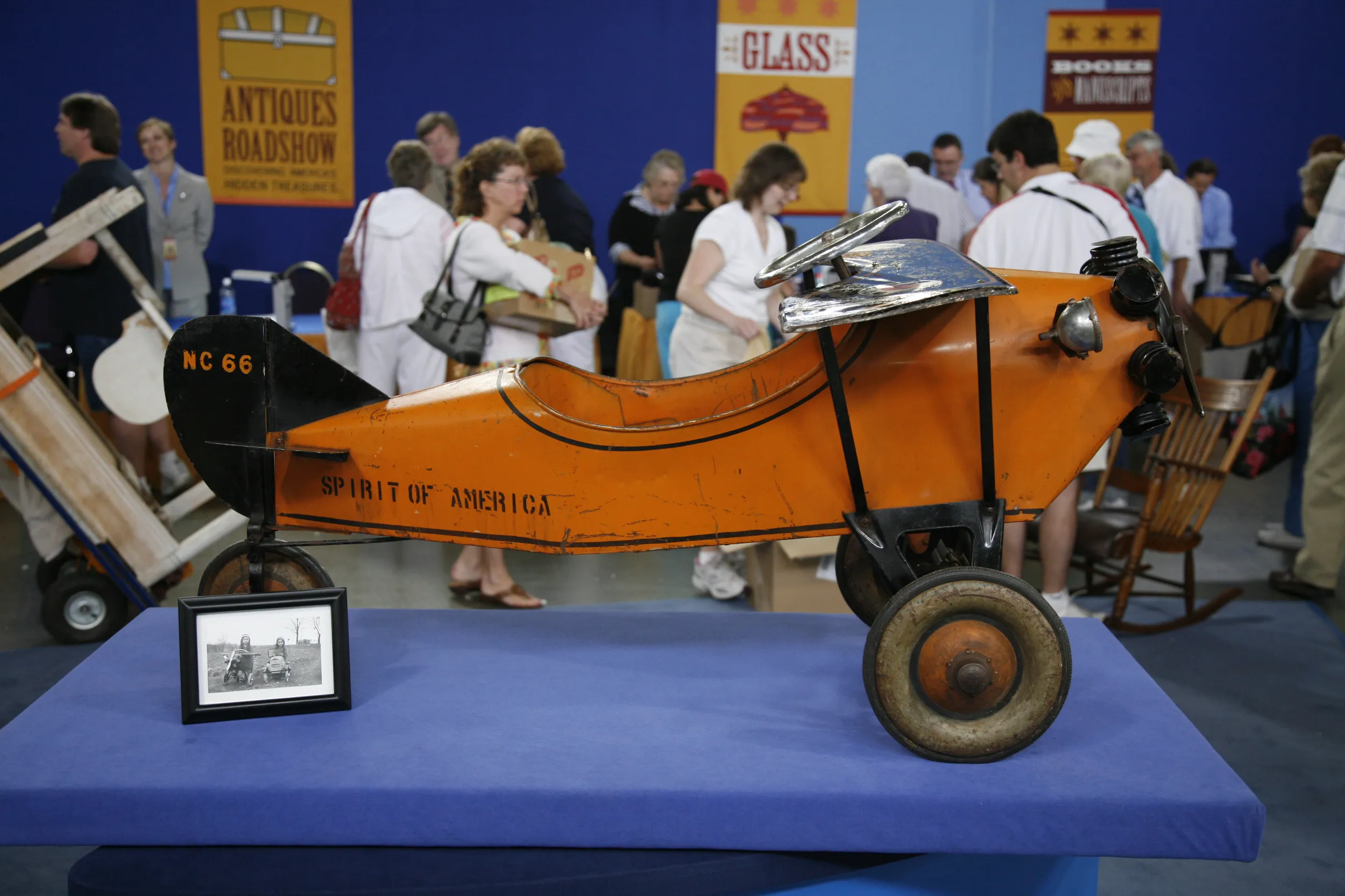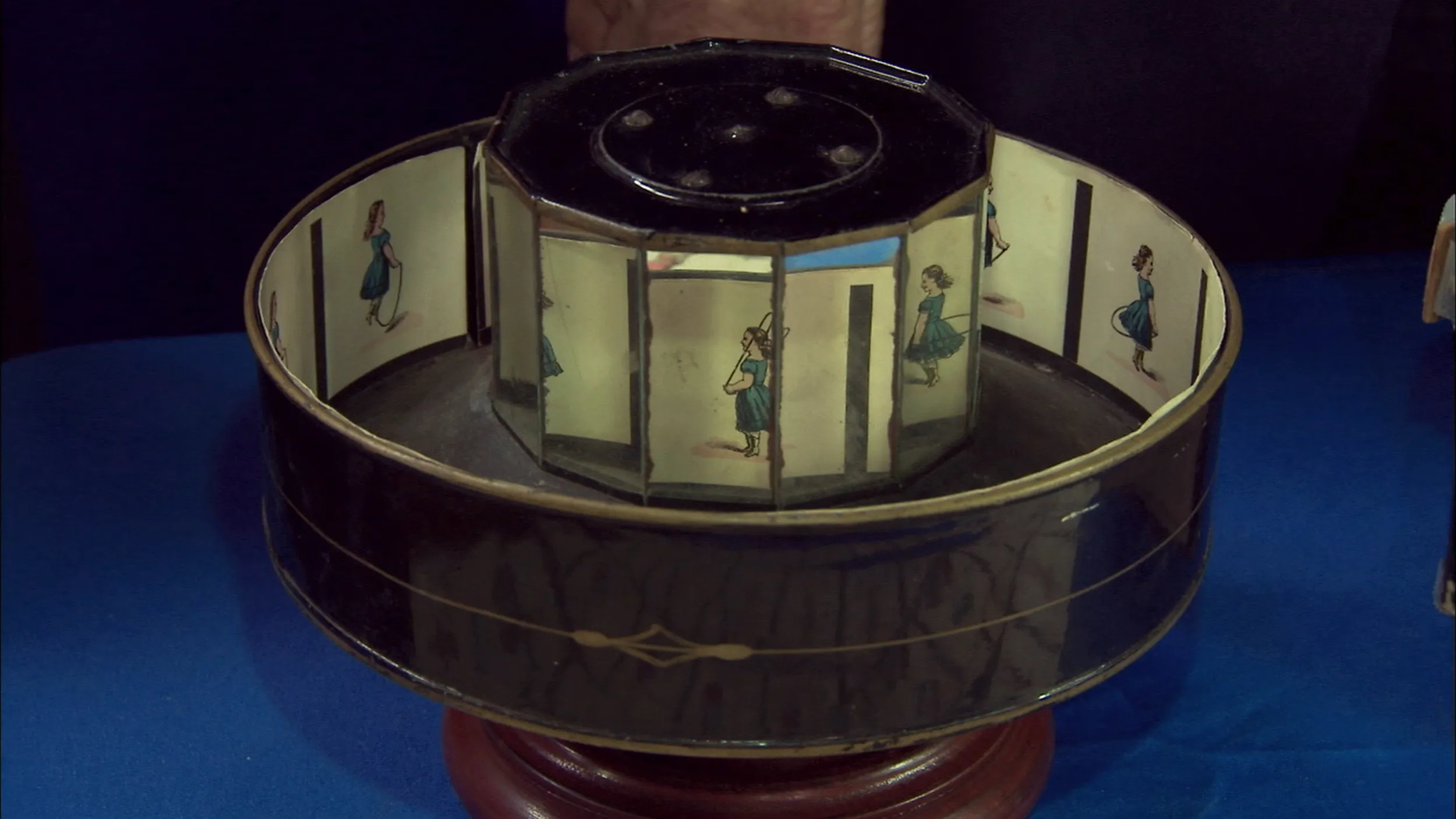GUEST: This was given to me by my Uncle Bob. He was an engineer, and he gave it to me when I was about eight or nine years old.
APPRAISER: And he played with it, probably, before you?
GUEST: Well, it had a lot of soot in it, so I'm sure he did-- somebody did.
APPRAISER: You're originally from...?
GUEST: I'm originally from the Paterson, New Jersey, area.
APPRAISER: Which is where this train was made.
GUEST: Exactly.
APPRAISER: Well, it's a great train, and you know who made it.
GUEST: I was told the Beggs Machine Company, but I was not able to find anything out about the Beggs company. I got that from the Passaic County Historic Society, which also has one of these trains, but they also had the, uh, instructions, which I do not have. The instructions were glued to the box, but they've since worn away.
APPRAISER: Well, you know, we love boxes, and I'm sorry the, uh, label's not there, because that helps make the box a little bit better, but here it is, in the box. In Europe, they had some toy trains prior to this that were steam-powered. Well, Eugene Beggs, in 1871, made, got a patent for an improvement on toy trains, and this was his design for the American market, the American profile with the cow catcher, and actually run just like the big ones, on steam, with the hot water into the steam chamber driving the wheels, and it was made from the 1870s into the 20th century. This is one of the earlier sets, and it was a very, very popular toy. Very expensive toy in its day.
GUEST: Really?
APPRAISER: What's amazing about this is, one, it's in extraordinary condition. These cars are actually made of lithograph paper cardboard with very light tin tops. This didn't have a lot of power to pull some heavyweight cars, so they were very clever in producing these very realistic-looking passenger cars with lithograph paper. And, of course, paper is a rather fragile commodity, especially when you have a train that's being run with hot water. You get the paper wet...
GUEST: Yeah.
APPRAISER: ...you don't have much left. Another very interesting aspect is, it has this eight-wheel tender, and it also has the original coal load. This train, as they got later in the production, they put a little tender on here, just a very simple little thing, all one piece, to make it cheaper, easier to make.
GUEST: Okay.
APPRAISER: So it's very rare with the full-size tender. Now, you had a story about, you tried it one time.
GUEST: Well, my buddy and I set it up in the basement. We didn't have any alcohol, which you're supposed to use for the fire, but we did have some lighter fluid.
APPRAISER: (chuckling): Oh, my God.
GUEST: So, we put lighter fluid in it. We lit the four wicks, and we were very anticipatory of it running, until it started hissing. And I was afraid it was going to explode, and so I blew out the wicks.
APPRAISER: Yeah.
GUEST: I wasn't worried about it hurting me or the house, I was afraid I would lose my train.
APPRAISER: Well, I, I think you made a wise choice to stop. Lighter fluid is not quite what is called for here.
GUEST: (laughs)
APPRAISER: You did have someone appraise it once?
GUEST: I sent a picture of it to a, uh, an appraiser, and they sent back an appraisal of $500. That was about 30 years ago.
APPRAISER: I'm not sure what it was worth 30 years ago, but today, at auction, this train would conservatively bring somewhere, I would say, around $5,000 to $7,000.
GUEST: Wow.
APPRAISER: In this condition.
GUEST: Very nice.
